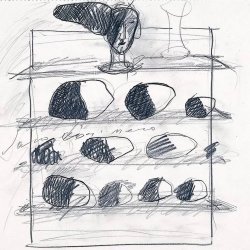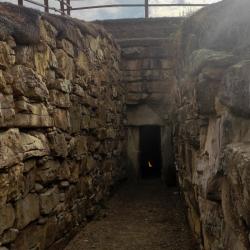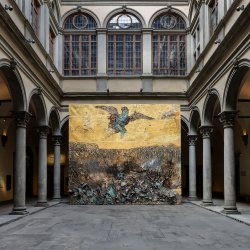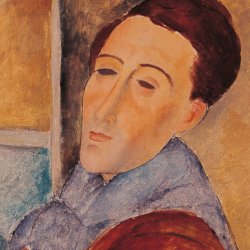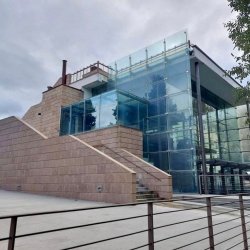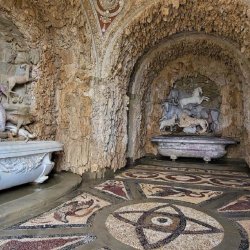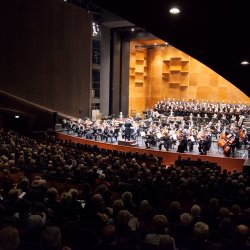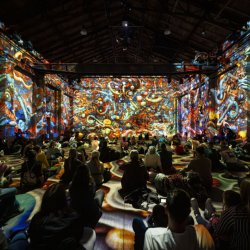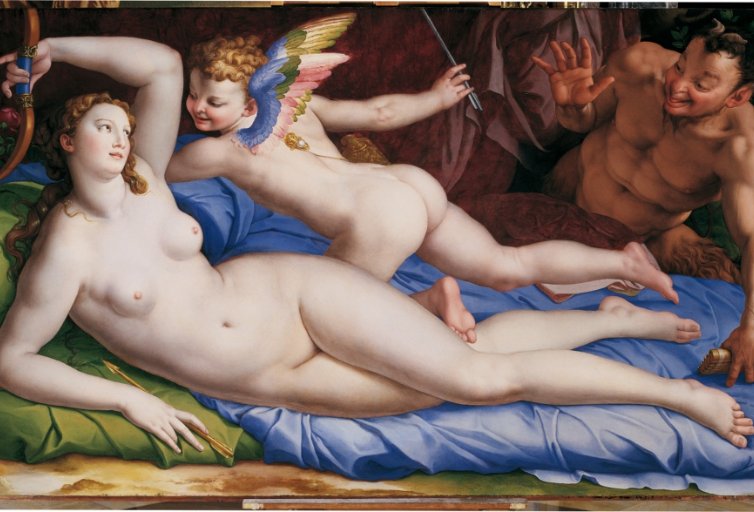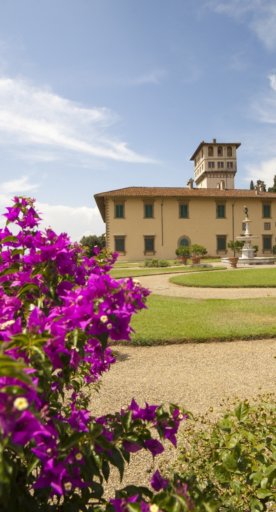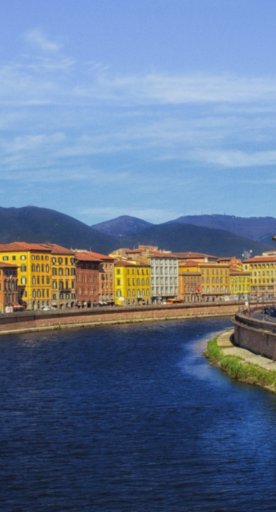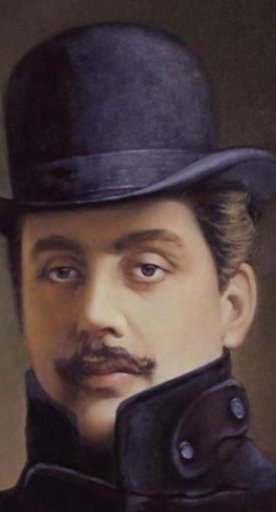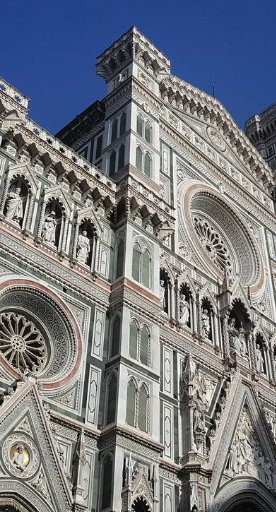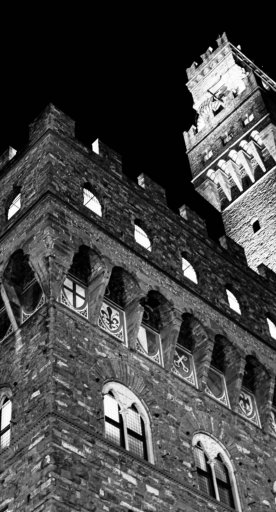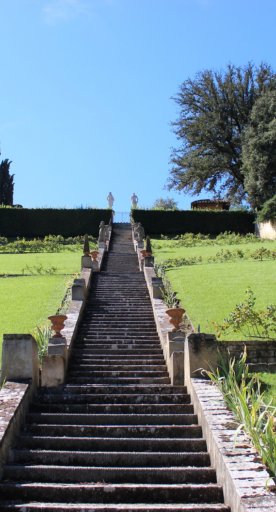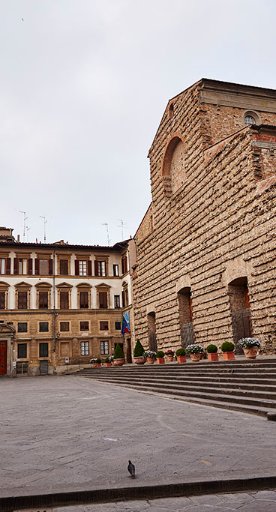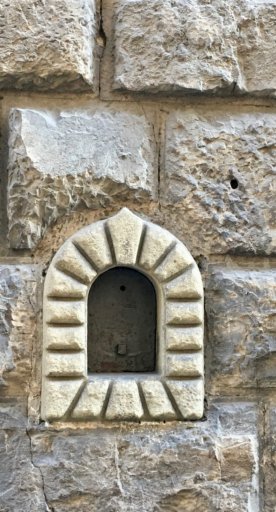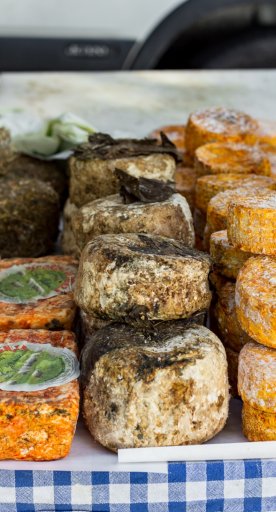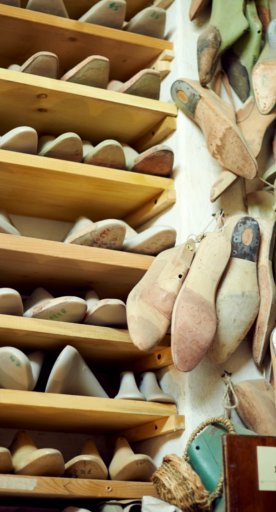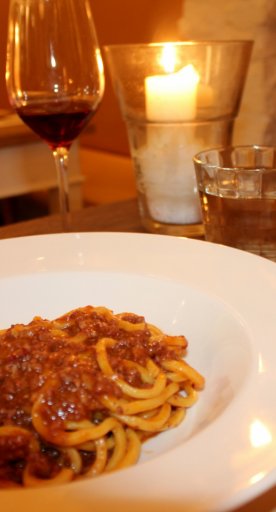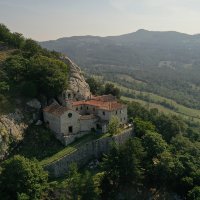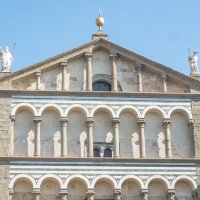Accademia Gallery: Michelangelo’s David and more
Top 5 things to see in the Florence's museum, beyond the famous giant
We could go on and on about the beauty, the prestige and the notoriety of Michelangelo's David, among the most visited works of art in the world, and an icon of the city of Florence. It's also most likely the main reason tourists flock to the Accademia Gallery, which has housed the masterpiece since 1872, when it was moved here from its original location in front of Palazzo Vecchio.
But the Accademia houses other amazing masterpieces that are just as worthy of a visit. Here are some of them.
-
1.The Prisoners (or Slaves)
-
2.Cast model for the Rape of the Sabine Women by Giambologna
-
3.The Coronation of the Virgin by Jacopo di Cione
-
4.Cassone Adimari by “Lo Scheggia”
-
5.Museum of Musical Instruments
The Prisoners (or Slaves)
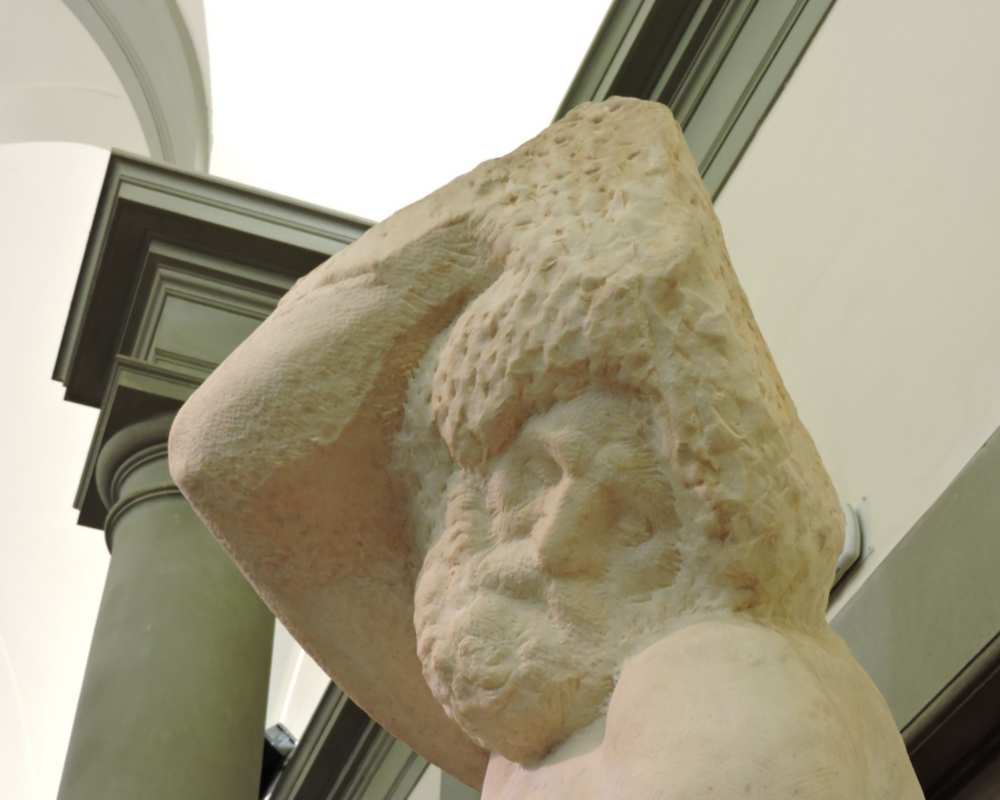
While the museum is well-known for its famous giant, it’s also home to the world’s largest number of sculptures by Michelangelo. The Accademia boasts seven statues by the Renaissance master, including the Prisoners (or Slaves), Matthew, the Pietà di Palestrina and, of course, the David. The four unfinished Prisoners line the walk to the David and depict male nudes known as Awakening Slave, the Young Slave, the Bearded Slave and the Atlas, all of which were made for the tomb of Julius II but instead used by Grand Duke Cosimo de’ Medici to decorate the Buontalenti Grotto in the Boboli Gardens. These sculptures are some of the finest examples of Michelangelo’s method: known as non-finito, the artist purposely left them incomplete, depicting the struggle of man to free the spirit from matter. They are among the powerful works made by Michelangelo and have been housed at the Accademia since 1909.
Cast model for the Rape of the Sabine Women by Giambologna
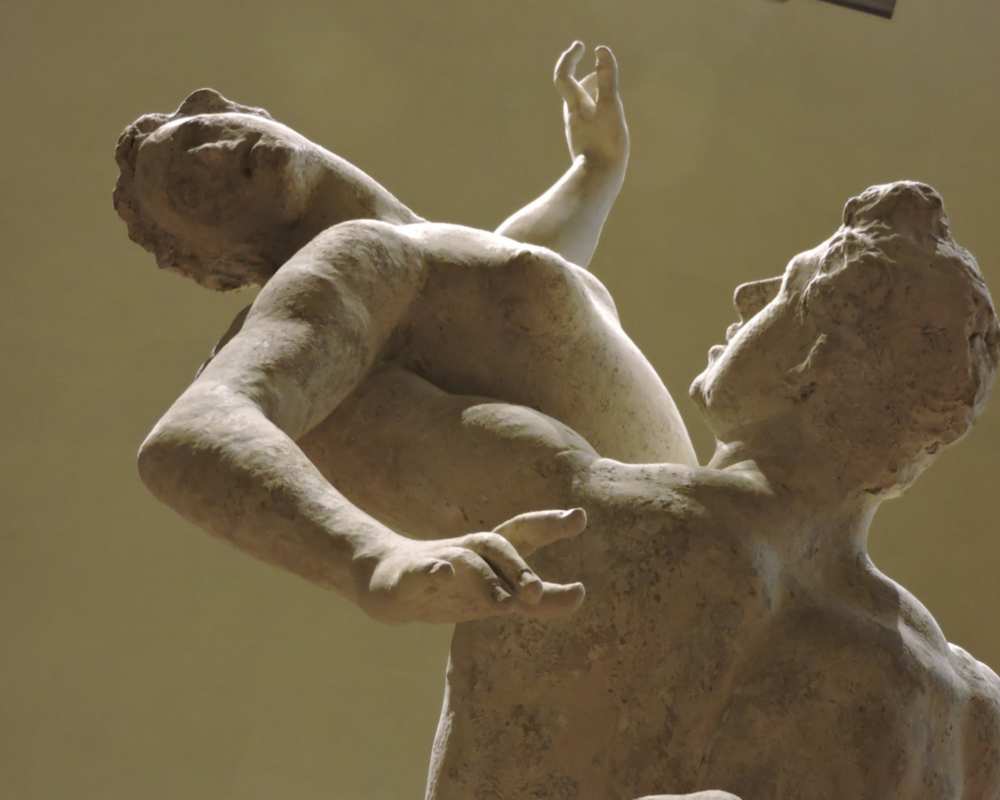
The Hall of Colossus, the first room in the museum, visitors will find the imposing plaster cast model for the Rape of the Sabine Women by Giambologna. The artist used this model to create the marble sculpture that can be found today in piazza della Signoria, under under the Loggia dei Lanzi, considered by many to be Giambologna’s masterpiece.
The Coronation of the Virgin by Jacopo di Cione
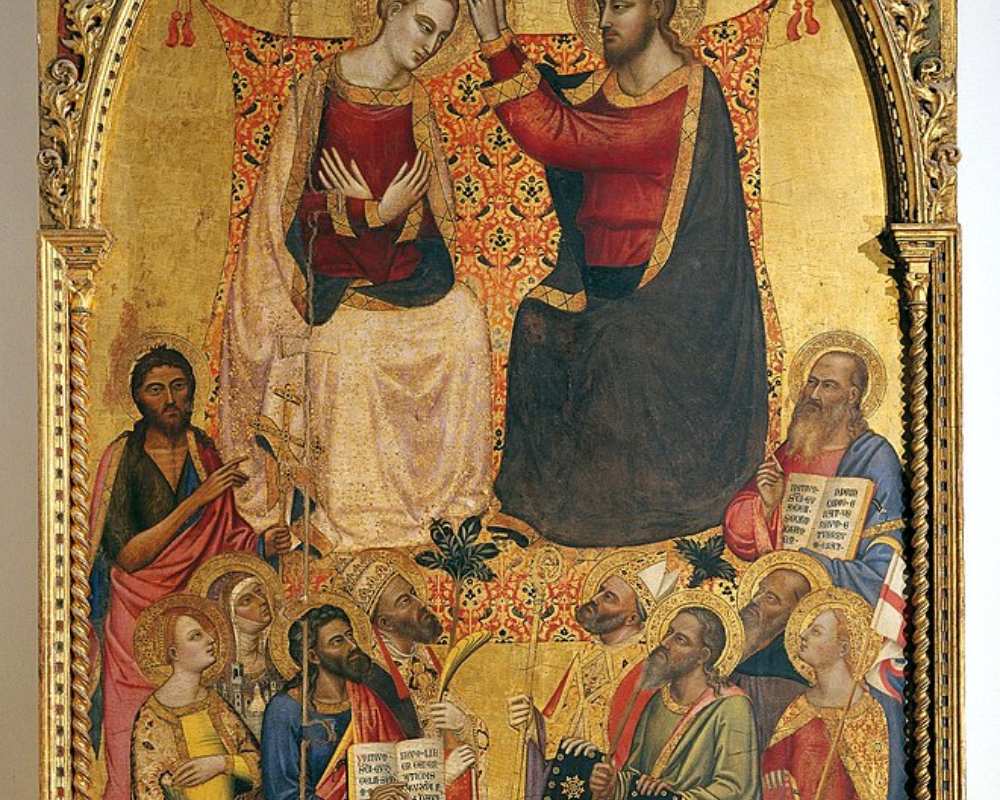
The Coronation of the Virgin by Jacopo di Cione (1372) in the Hall of Orcagna, is an amazing gold-backed panel painting depicting the coronation of the Virgin surrounded by saints. Interestingly, the masterpiece is also known as the Coronation of the Mint, because it was commissioned by the Florentine Judiciary officers who oversaw the production of the Fiorino, the city’s coinage. The deep meaning of devotional religious subject merges with the civic and political aspects, represented by the symbols inserted in the precious carved, gilded and painted frame.
Cassone Adimari by “Lo Scheggia”
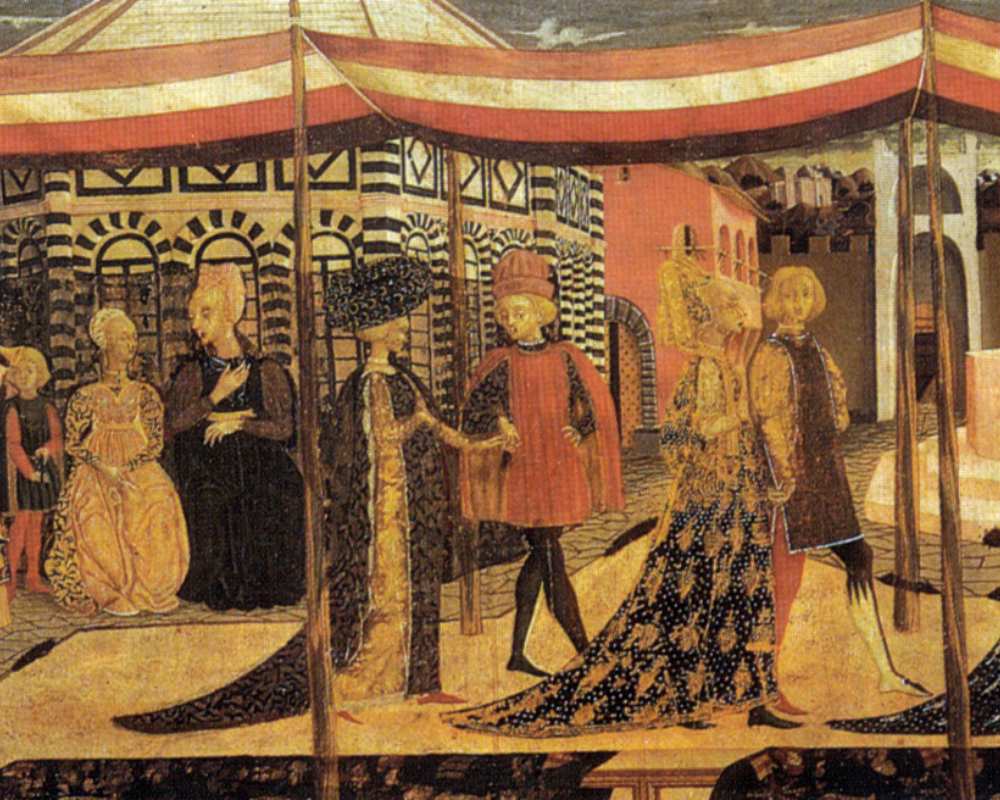
The Cassone Adimari was painted by Masaccio’s younger brother, nicknamed “Lo Scheggia”. According to tradition, it was intended to be the front panel of a wedding chest, but it ended up being included in one of the spalliere, the wooden wainscoting often used during the 1400s to line the walls of a marriage chamber. The painting depicts a wedding scene (perhaps the Adimari-Ricasoli marriage in 1420) against the backdrop of piazza del Duomo.
The curious perspective of the scene allows us to see a rare view of a famous part of Florence as it looked during that period: the Baptistery of San Giovanni, covered for the occasion by drapes, Porta di Balla (or Porta San Gallo) and, in the centre, the lodge of Santa Maria del Fiore, which no longer exists.
Museum of Musical Instruments
For a break from painting and sculpture, check out the Museum of Musical Instruments, housed in a wing of the Galleria. It conserves the Medici and Lorraine Grand Ducal collections of prized instruments, from the Luigi Cherubini Conservatory. Among the exquisite pieces, there are instruments by Antonio Stradivari and the harpsichord by Bartolomeo Cristoferi, inventor of the piano.



